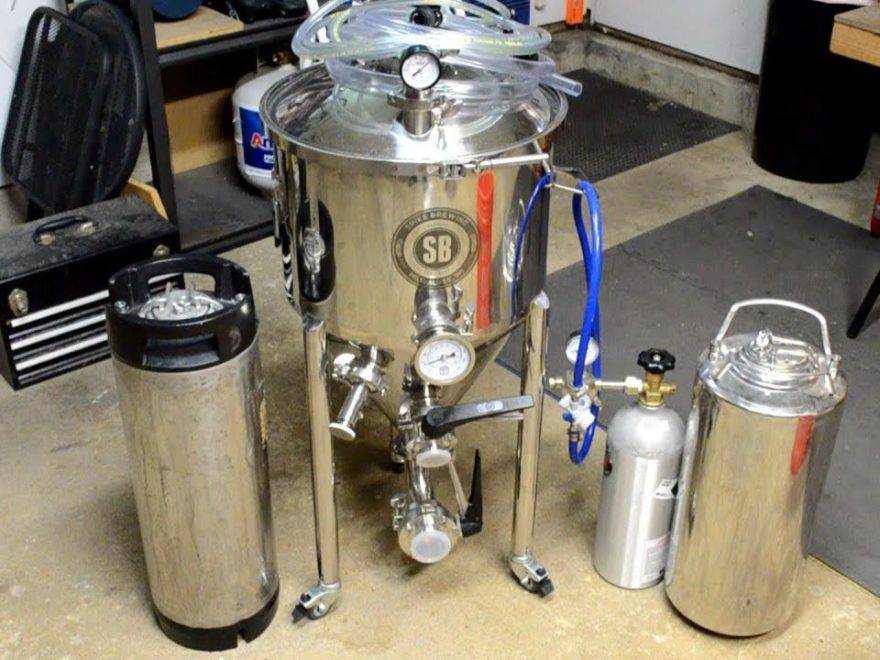An overview and walk through of using the CF10 Spike Brewing conical fermenter to ferment a 10 gallon batch of beer that I made. Topics include an overview of features, optional accessories, fermentation options (including natural carbonation), kegging via open pressure transfer, cleanup, and of course some pros and cons.
My 10 Gallon Brewery: Overview & First Brew Day
Brewery Upgrade: 5 to 10 Gallon Capacity Expansion Project
BNB Gear: https://teespring.com/beer-n-bbq-by-larry
See something in one of my videos that you’d like to have too? Shop my Amazon Influencers Store:
DONATE – Consider supporting my channel by making a direct contribution at the link below:
https://www.paypal.me/BEERNBBQBYLARRY



Hey Larry, like your videos!
It occurred to me watching the video review of the Spike conical that since you fermented under pressure, the beer inside will be absorbing the Co2 given off by the yeast. That may account for the pressure loss over time, which you thought was attributed to a leak. I think that even though the yeast have expelled enough Co2 to produce 12 PSI, it still will take some days for the liquid to become fully saturated, no? The pressure would fall until the beer became saturated, which I think would happen over time. That would also account for the spraying you got from the dump valve. Since the beer is carbonated it pressurized your fermentor again the second you let go of the Co2 relief valve. I think you’d need to de-gas for a bit & make sure the pressure is all out before cracking the valve.
I think Spike could offer a fitting that accepts a mason jar & have the valve above the mason jar. You’d ferment with the valve open, collect trub and yeast in the jar & just close the valve before removing the jar. A TC mason jar adapter may already be out there somewhere.
I don’t know that the mason jar would handle fermenting at 12 psi of pressure but suspect it would.
Just some thoughts I had while watching your video… I’m sure there’s someone out there smarter than me who could answer the saturation question definitively.
Happy brewing!
Hi Greg,
Thanks for watch and commenting.
From my experience fermenting under pressure with the Fermentasaurus and from my knowledge and experience as an engineer, it was leaky indeed.
There was more than enough CO2 being generated by the yeast to raise and maintain the PSI well above 20-25 PSI even after saturation and equilibrium were attained. This was the case with the Fermentasaurus as it wants to keep climbing up and up in pressure which required me to turn down my spunding valve to keep it from getting too high. Then when fermentation was complete, it held the pressure for the entire duration until kegging. This was not the case here as it begin dropping soon after it reached its peaks and continued to drop all the way to kegging.